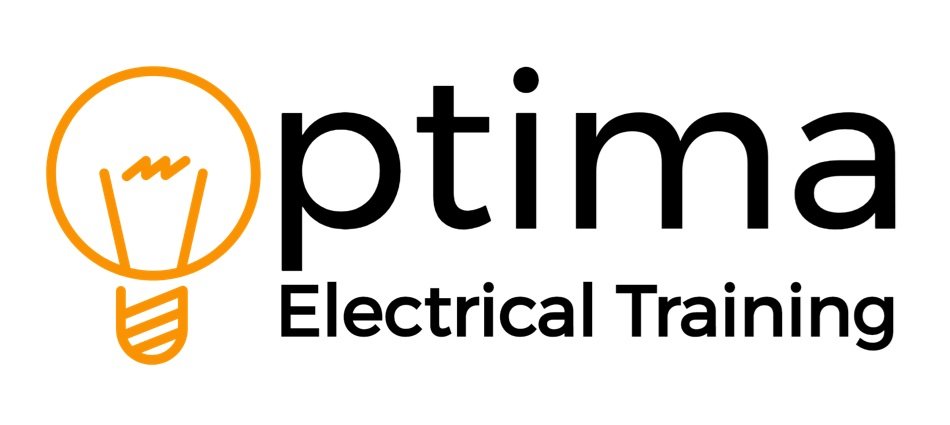Understanding the Importance of Surge Protection Devices in EV Charger Installations
In the rapidly evolving world of electric vehicle (EV) technology, ensuring the safety and longevity of EV chargers is paramount. However, there remains a considerable amount of confusion and misinformation surrounding the use and application of Surge Protection Devices (SPDs).
The Vulnerability of EV Chargers
By design, EV chargers are inherently sensitive to overvoltage and are prone to damage due to their outdoor installation locations. Several EV charger manufacturers even specify the necessity of installing SPDs or reference surge protection in their warranty terms, highlighting the potential risks involved.
Where does the risk originate?
EV chargers installed outside are susceptible to the damaging effects of nearby lightning strikes. This risk is further increased if the installation includes an external lightning protection system or if the EV unit is directly connected to the main incomer of a building that is supplied by overhead cables. Additionally, the presence of inverter technology within the charger can produce overvoltages, which could damage not only the EV charger but also other sensitive equipment within the electrical installation.
Moreover, overvoltages can originate from within the electrical installation itself, particularly due to switching actions. The repetitive nature of these overvoltages poses a significant threat to the delicate components within EV chargers, potentially leading to malfunction or failure.
Are SPDs a Requirement?
According to Section 443 of BS 7671:2018 amendment 2, the installation of SPDs is essential in specific scenarios:
Where overvoltages could result in serious injury or loss of human life.
Where overvoltages could damage a safety service (though this clause was deleted by corrigendum in May 2023).
Where overvoltages could lead to significant financial or data loss.
In all other cases, an SPD should be installed unless the property owner explicitly accepts the risk of damage.
An additional consideration arises with the use of loss of neutral technology, which is commonly employed in installations with PME earthing arrangements. In the event of a broken PEN conductor, the neutral voltage could rise relative to true earth, leading to the risk of electric shock if a car becomes live while charging. Modern EV chargers rely on technology that disconnects the power supply in such events, but this safety mechanism can be compromised by overvoltages, further highlighting the importance of SPDs.
The Financial Implications
The financial ramifications of not installing SPDs are significant. The costs associated with EV technology—both in terms of the chargers and the vehicles themselves—are substantial. Should a charger be damaged and rendered unusable, the financial impact could be considerable, especially for those relying on their vehicle for daily transport.
Compliance with Standards
For installations equipped with an external lightning protection system, compliance with BS EN 62305 is crucial. Specifically, any cable transitioning from lightning protection zone 0 to zone 1 requires the installation of a Type 1 SPD to safeguard the system. Consequently, when installing EV chargers within such systems, it is necessary to install Type 1 SPDs both in the distribution board supplying the external circuit and in the feeder pillar supplying the chargers.
Conclusion: Protecting Your Investment
Given the potential risks and the high costs associated with EV technology, the installation of SPDs is not just recommended but essential. SPDs protect the EV charger and the entire electrical installation from the damaging effects of overvoltage, ensuring the safety, functionality, and longevity of your investment.
As the adoption of EV technology continues to grow, so too does the importance of safeguarding that technology. By staying informed and implementing the necessary precautions, such as SPDs, we can ensure that our transition to electric vehicles is both safe and reliable.
If you're considering a career change or looking to enhance your existing skills, now is the perfect time to take the initiative and enrol with Optima Electrical Training. With the availability of interest-free payment plans, it's easier than ever to get started.
Contact us today to embark on your training journey.
Contact us: Request Information
Email: info@optima-ect.com
Freephone +44 800 0371572


